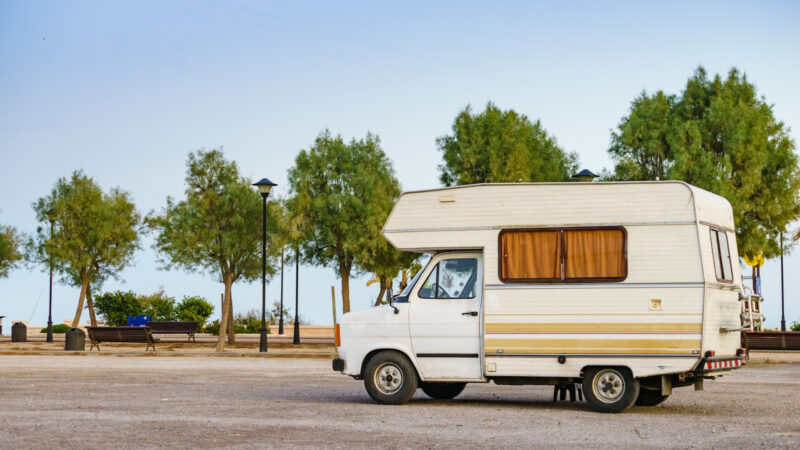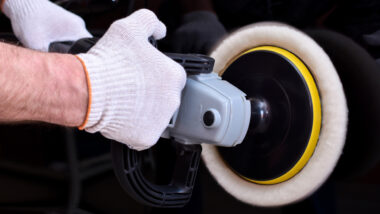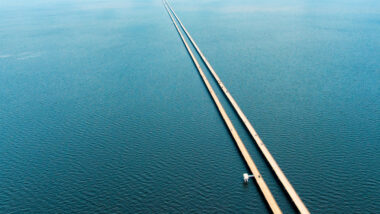Table of Contents Show
RV wall construction is an important factor to consider when choosing a rig. Each construction method has its own benefits and drawbacks, such as cost, weight, insulation, and weather resistance.
Understanding the different types of wall construction can help owners make an informed decision about the type of camper that best meets their needs and budget.
Let’s dive in and look at the different types of RV wall construction.
How Are RV Walls Constructed?
The construction of RV walls can vary depending on the type and design of the rig. The general process starts with constructing the frame and installing insulation. The walls then get covered from the exterior and interior before all seams get sealed to prevent water intrusion.
Knowing the materials used to construct your walls can help you understand how to maintain and care for your camper. Additionally, it can be helpful information to have when hanging items.
It’s important to note that the specific process for constructing RV walls can vary depending on the manufacturer and the trailer type. Since many manufacturers use different techniques and materials, we suggest you contact your manufacturer to get the most accurate information for your specific unit.
How Thick Are Studs in RV Walls?
The thickness of studs in RV walls can vary depending on the construction method and the specific model. However, in most campers, studs are typically made of wood, aluminum, or steel and are usually between 1 and 3 inches thick.
If you need clarification on the size and thickness of the studs in your RV walls, you can consult the RV owner’s manual or contact the manufacturer for more information.
Be mindful of the length of screws you use inside of your RV. One woman screwed the TV mount completely through her RV wall. Oops!
Types of RV Wall Construction
Manufacturers use several types of RV wall construction. Which one they use can greatly impact your rig’s capabilities and your comfort inside of it. Let’s look at some of the most common types.
Aluminum Frame with Fiberglass Exterior
This is one of the most common types of RV wall construction. It uses an aluminum frame with fiberglass panels. Manufacturers construct the structure, install insulation and then attach the exterior panels using adhesive and screws. They then apply a sealant to the seams to prevent water from entering the wall.
These are great because they’re lightweight, strong, and extremely durable. Additionally, they increase the camper’s insulation, making it easier to enjoy the rig in all sorts of weather. It’s the perfect balance of strength, durability, and insulation.
Laminated Composite
A laminated composite RV wall uses a wood or aluminum frame to provide structural support for the wall. After framing is complete, the manufacturer installs several foam or fiberglass insulation layers. The more layers, the more thermal and sound insulation the camper will enjoy.
After finishing the insulation, an exterior skin made from fiberglass, aluminum, or other materials gets bonded to the frame. An adhesive or vacuum-bonding technique creates a durable, leak-proof seal between the layers.
The final step is adding the interior wall panel, typically wood or vinyl. This attaches using adhesive or fasteners. The finished product is a wall with resistance to weather and moisture.
Pro Tip: RV insulation is essential for having the best RV experience. Check out our guide to RV insulation!
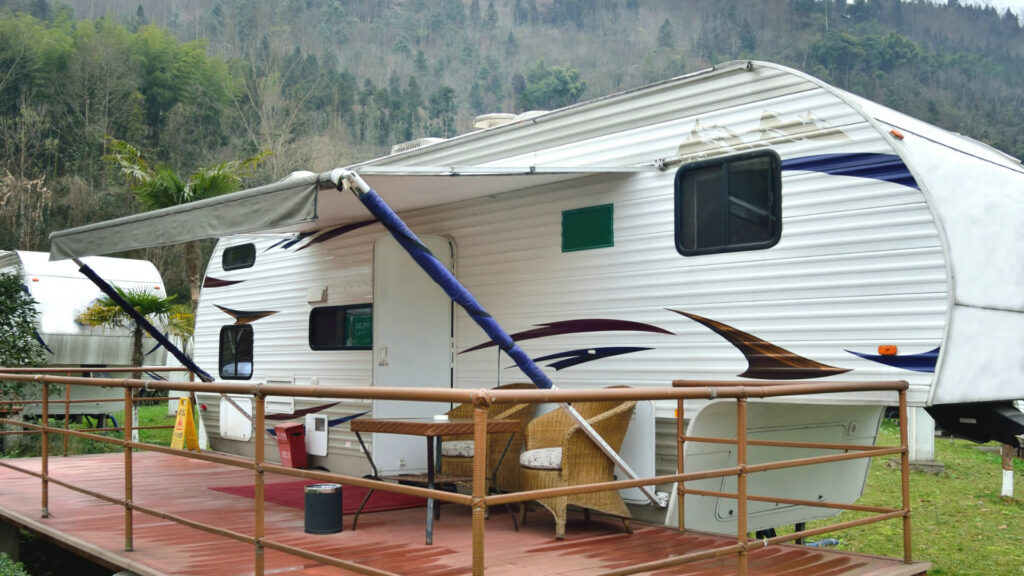
Steel Frame With Aluminum or Fiberglass Exterior
Steel frame construction is a strong and durable way to make RV walls. However, they can be heavy and may offer a different level of insulation than other construction types. The frame is built from steel and put in place before adding foam or fiberglass insulation.
Manufacturers then install the exterior wall panels, usually of aluminum or fiberglass. The panels attach to the frame using adhesive, screws, or rivets. However, manufacturers must seal the seams and any holes to prevent future water damage.
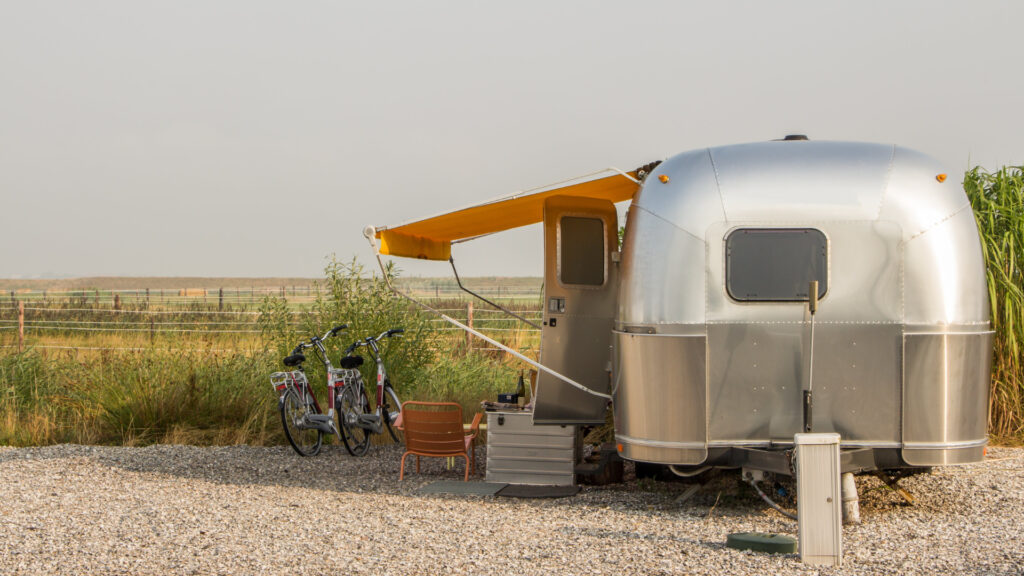
Solid Fiberglass
Fiberglass RV walls use a single molded fiberglass shell, which is strong, durable, and provides excellent insulation. Unfortunately, fiberglass walls can be expensive and more difficult to repair than other types.
The process starts with the manufacturer building a mold, typically wood or aluminum. The manufacturer then covers the mold in layers of fiberglass by hand or using a resin that binds them together. Heat gets applied to the mold to allow the fiberglass to cure, which can take several hours.
Once the mold has cured, the structure gets removed from the mold. It is then finished with trim pieces and decorative elements to complete the structure. The final result is a high-end RV that’s strong, durable, and well-insulated.
Wooden Frame With Aluminum or Fiberglass Exterior
Wood frame RV wall construction has a wooden frame covered with exterior plywood or other materials. This type of construction is lightweight and inexpensive but may provide a different level of insulation than others and can be prone to rot or other damage over time.
Wood frame construction is lightweight and relatively inexpensive, which can help reduce the RV’s cost. The exterior walls made of aluminum or fiberglass don’t weigh much, which can help to improve fuel efficiency and reduce overall weight.
Keep in Mind: Are Fiberglass Campers Better Than Other RVs? Let’s find out!
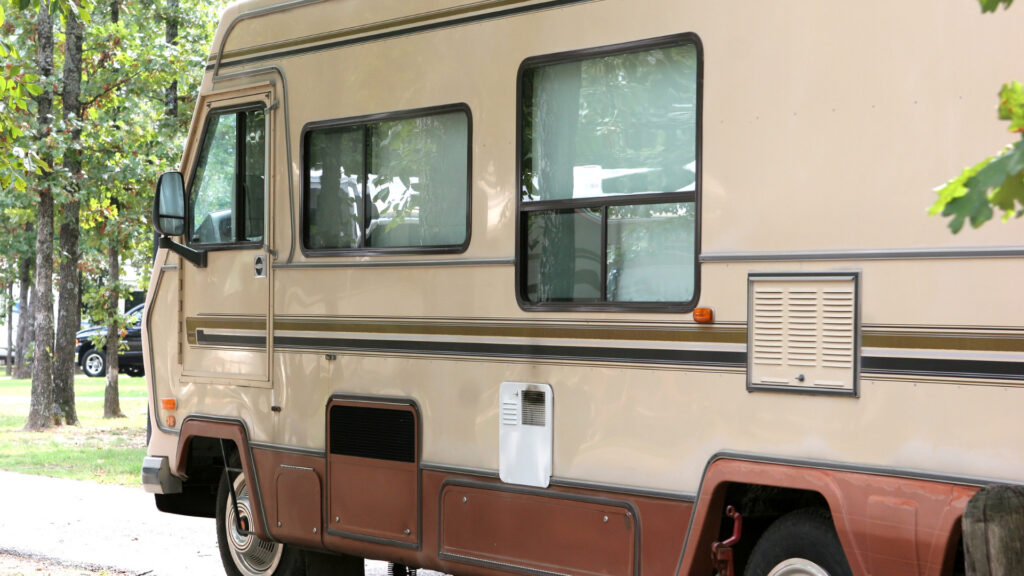
Why Do RV Walls Delaminate?
RV wall delamination is when the exterior wall material separates from the inner structure. This can occur for a variety of reasons. The most common reasons are water damage, poor construction, extended exposure to heat and sunlight, or damage from an impact.
If you hope to avoid delamination in your RV, you must keep up with its maintenance. Failing to do so could result in serious and expensive damage to your RV. Repairing delamination isn’t cheap or easy.
RV Wall Construction Matters
The type of RV wall construction is an important factor to consider when buying an RV. The different construction methods provide different benefits and drawbacks, such as strength, durability, insulation, and cost.
However, regardless of the type of construction, it’s vital to maintain the RV properly. Take steps to prevent water damage, exposure to heat and sunlight, or impact damage.
Regular inspections by a qualified RV technician can help identify and address potential issues before they become serious problems.
Do you know what your RV walls are made of?




